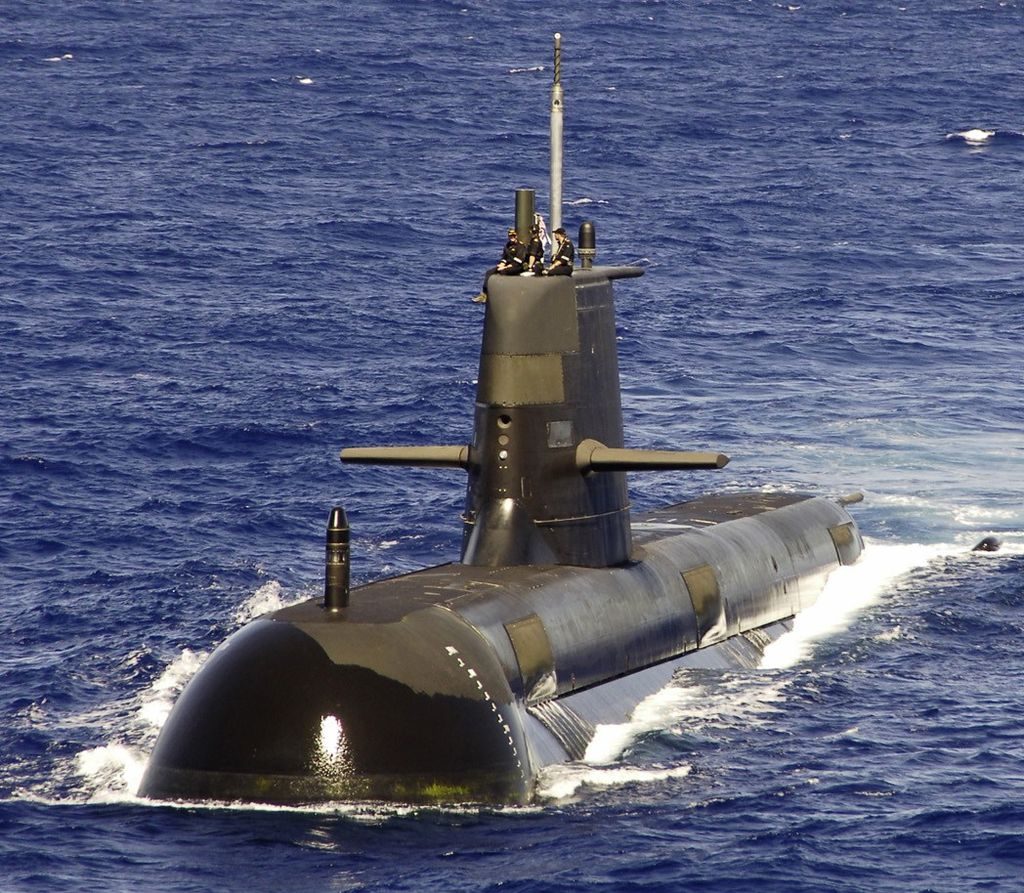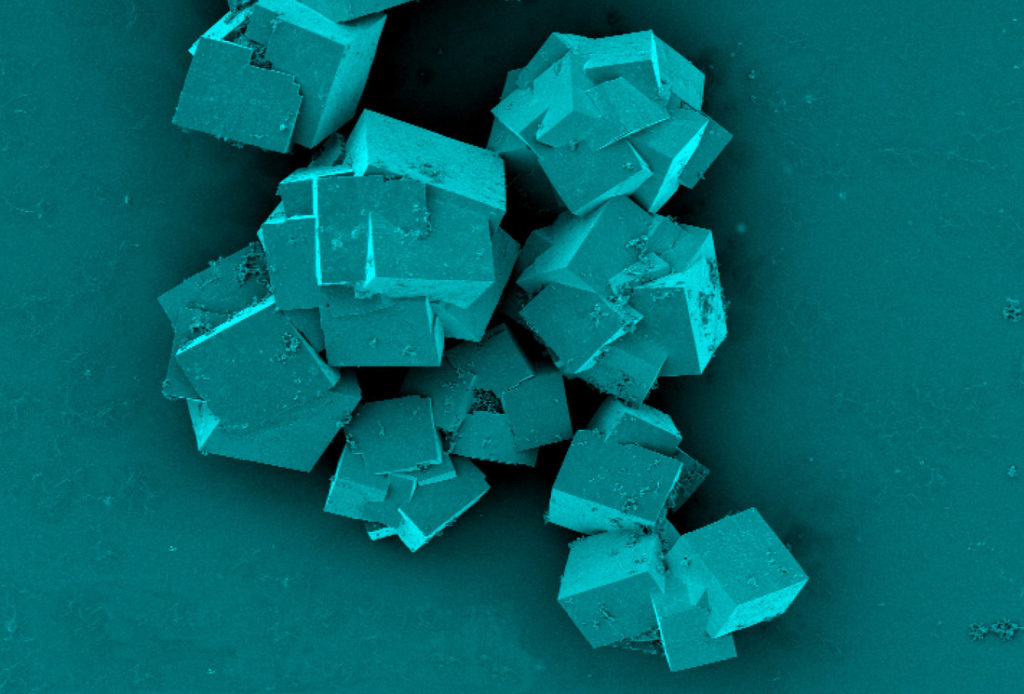
HMAS Rankin, sixth submarine of the Collins class, underway in 2006 Image: James R. Evans
HMAS Rankin, sixth submarine of the Collins class, underway in 2006 Image: James R. Evans
It probably doesn’t bear thinking about if you’re claustrophobic, but the only thing in shorter supply on a submarine than space is oxygen. From the moment a sub closes its hatches and dives it’s a sealed container full of people. Everyone’s breathing that oxygen in and breathing out carbon dioxide. Devices called oxygen generators help by creating oxygen from the electrolysis of water, but eventually all non-nuclear submarines have to surface to replenish oxygen supplies for the crew and the sub’s engines.
That process, where oxygen is drawn in and contaminants such as carbon dioxide are expelled, is known as “snorting”.
Submarines are never more vulnerable than when they’re on the surface and exposed, so navies around the world are focused on improving the underwater endurance of their subs, and decreasing the amount of time they spend “snorting”.

These blue pellets are MOFs and could be coming to a submarine near you.
These blue pellets are MOFs and could be coming to a submarine near you.
Under the Sea
That’s where we come in. Along with our partner, technical and engineering services company QinetiQ, we’re testing a new way of removing carbon dioxide from a sub’s atmosphere while submerged. By stopping carbon dioxide from building up to dangerous levels a sub can remain stealthy and submerged for longer.
The equipment used to do this is called a carbon dioxide scrubber. The problem with current versions is that they take up a lot of finite space and weight on a sub, while sucking up plenty of energy as well. Worse still, they release corrosive gases which can eventually damage the sub’s systems.
It’s better
With QinetiQ, we want to come up with a better way to remove carbon dioxide from a sub’s atmosphere, and at the centre of it are MOFs. Metal Organic Frameworks (MOFs) have the largest internal surface of any known substance, are extremely porous, and can be enhanced to capture specific gases, such as carbon dioxide. We already have a lot of experience and expertise in using MOFs with carbon dioxide.
We’re now testing MOFs to find one perfect for operating in a sub. We think MOFs could allow a sub to stay underwater longer by removing even more carbon dioxide and improving the quality of the atmosphere. It could also take up far less room and place a lot less strain on the sub’s critical energy systems. All this while providing a simpler system that requires less maintenance.

What MOFs look like under a microscope
What MOFs look like under a microscope
Down where it’s wetter
If successful, we’re aiming to get world first MOFs based carbon dioxide scrubbers onto the existing Collins class submarines, to extend their operational life and capabilities, as well as on Australia’s next generation subs. The Future Submarines Program (SEA1000) is the largest and most complex military program ever undertaken in Australia and will see 12 cutting edge submarines built in Australia.


27th June 2018 at 10:49 am
Having treated a baby diver after a somewhat catastrophic caustic cocktail, does MOF react with water?
29th June 2018 at 2:54 pm
Hi Glen,
We asked one of the scientists involved and they told us the following:
“There are a very large number of MOFs and all have different interactions with water. Some react and fall apart to their constituents, some are stable. Identifying the correct chemistry for use underwater is the key.”
Cheers,
Eliza – social media team
26th April 2018 at 12:39 pm
Our boats should be using
CSIRO Ultrabatteries.
10th April 2018 at 10:36 am
Surprised this work isn’t “classified”